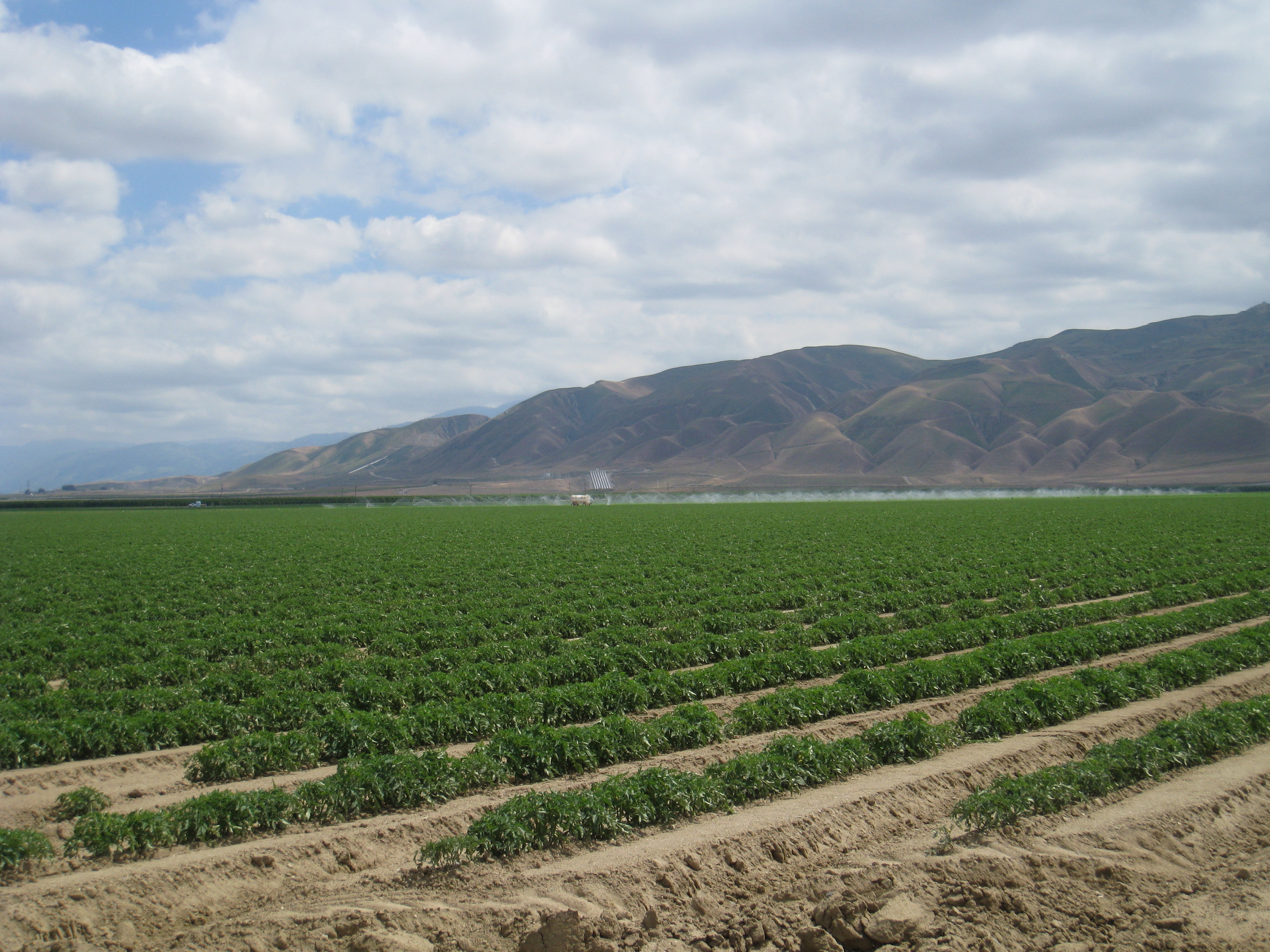Central SJV Growers Frustrated Re: 100% Water Allocations in Northern California
Cannon Michael: There is a Complete Lack of Common Sense
Water Allocations Unfairly Distribute Suffering in the Central Valley
Feather River growers in Northern California have 100 percent water allocations and it’s very frustrating to Central Valley Farmers.
“True, it’s a drought year but there have been opportunities to get water south of the Delta that have been completely blown by mismanagement, over-regulation, a complete lack of common sense, and lack of understanding what the real needs are,” said Cannon Michael, a 6th generation California farmer in Merced County.
“The California Water Resources Control Board, and the Bureau of Reclamation have sent more than 1.8 million acre feet of water out the Golden Gate only for a possible need for fish. When you have such a dramatic need for humans, it’s just insanity; and at a some point, it all has to catch up with a lot of people,” said Michael, who has had to set aside 15 percent of his farm due to no water.
“The people who are regulating and the people who are legislating have insulation from this for a little while, but it eventually is going to catch them,” Michael said. “The problem for me is that these regulations hurt the poorest of the people and the minority community, who are already having a tough time.”
“These regulations and low water allocations are taking away valuable fresh food and milk, and all the things people need for life. It’s taking away jobs and will displace thousands of workers who will have to get in food lines to survive. And this is completely unnecessary,” said Michael.
“There could have been way more water allocations exported safely this year. There were no fish at the pumps and we have the data to prove it,” said Michael.
“We had good storms in February, March and April, but the majority of that water went out the Bay; it wasn’t even close,” said Michael.
“There are too many left-leaning decisions from the California Water Resources Control Board to the 9th Circuit Court in San Francisco, which made a recent ruling that hurt agriculture, agreeing that the Bureau of Reclamation did not consider the safety of the Delta Smelt several years ago when it exporter water south. And then on top of everything, Governor Brown pulls the funding from ag education. It is a constant barrage against agriculture, and when will it ever be enough?” asked Michael.
“There is no respect for California agriculture. There are so many people spinning lies about our industry. Do they want all the specialty crops that they enjoy eating coming from other countries? Again, it’s insanity,” he said.
And Michael said the farmer is always, always held accountable while the environmental community is never held accountable. “There is no accounting for what they use the water allocation for when it’s released it to the ocean. There is no report on what good it’s doing. They are not at all held to the same standards as California Farmers.”












